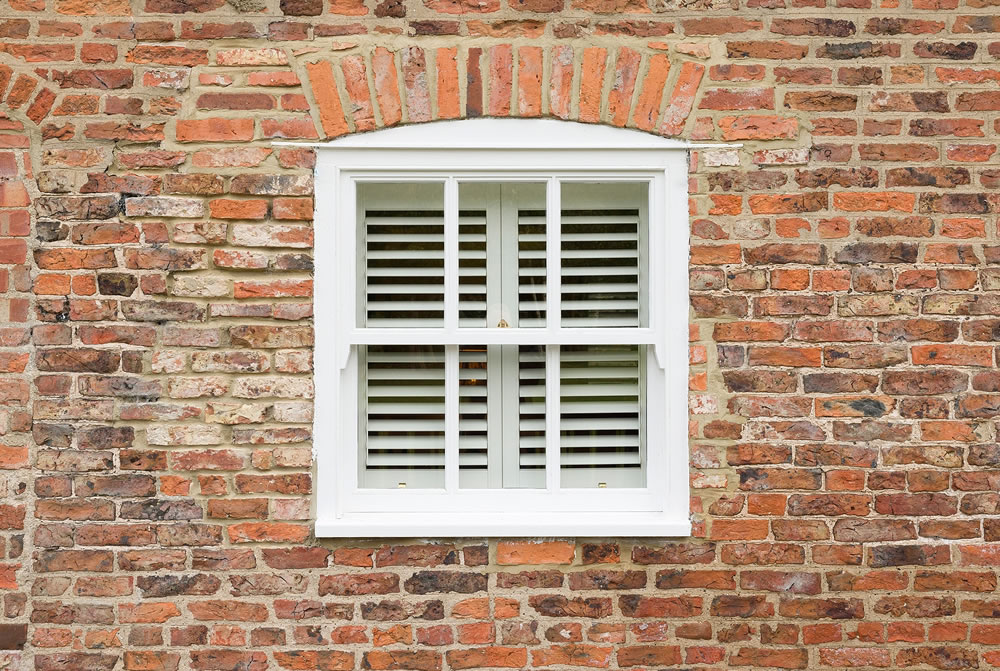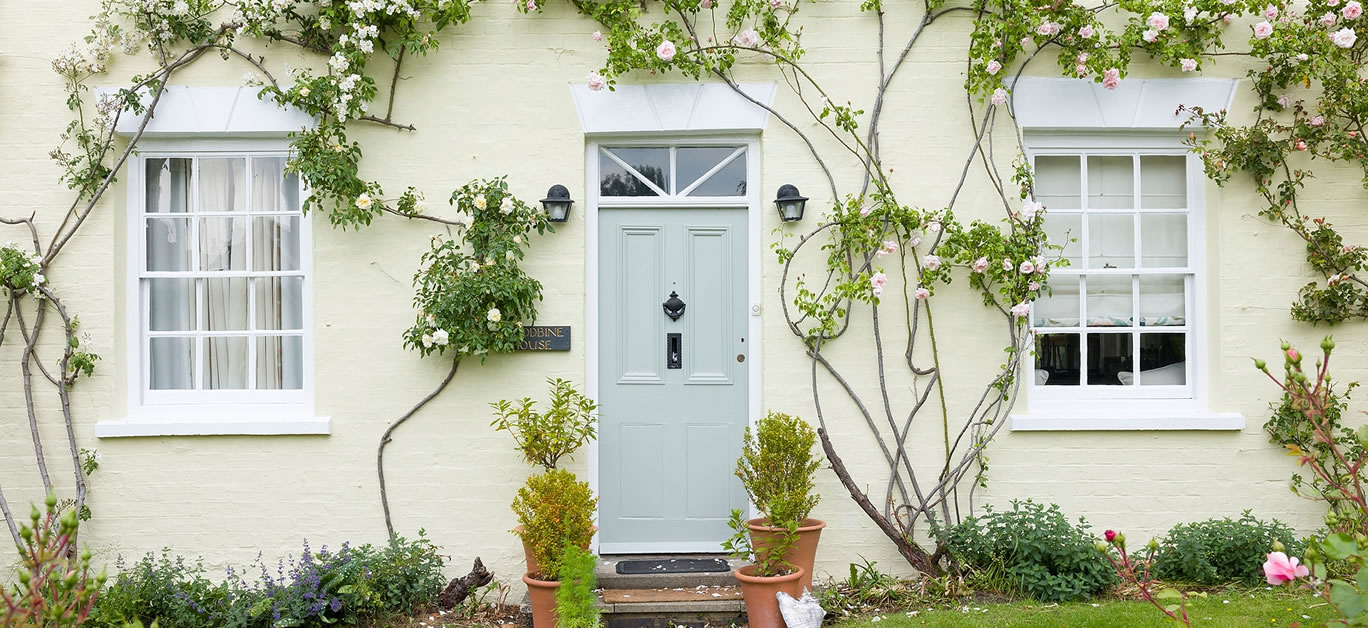Planning on renovating your home in 2023 or making some simple tweaks here and there to instil a sense of luxury throughout? While choosing colour palettes and soft furnishings are undeniably some of the more enjoyable elements of upgrading your living space, it’s important to consider some of the practical elements, too, and one that is often overlooked is your windows.
Over recent years, double-glazed windows have understandably become increasingly popular and are essential when it comes to things like energy efficiency – but if you’re living or moving into a period property then looking after your original features and improving them where possible will ensure that you’re never detracting from its rich history.
Sash windows are a common feature of older period properties, and one of the most beautiful, too – and over the past year, they’ve been enjoying a renaissance as luxury homeowners clamour to restore their existing ones or have new ones installed in more modern homes.
The luxury choice
Now considered a symbol of opulence that simply can’t be rivalled by modern alternatives, if you’ve been considering having your old sash windows replaced then think twice, because you could be doing away with one of the very finest features in your home.
Sash windows have been around in the UK since the early 17th century, but demand for them has grown over recent years. Consisting of a single or multiple movable panels that slide over one another to create an opening, their iconic and elegant design has been improved over time.

Modern offerings now operate smoothly and open and close with ease, and have addressed historic safety and security concerns, now featuring secure locks and barrels so that windows can be fixed in place while open and prevent intruders from entering or from children falling or climbing out of them.
Not only are sash windows one of the most aesthetically appealing choices, but they can also add value to your home by improving ventilation and up-levelling the look and feel of any living space.
If yours are looking past their best then the good news is that it’s entirely possible to restore old sash windows to their former glory, and it isn’t as complicated as you might think. Here’s all you need to know about assessing, upgrading and maintaining them to add a beautiful aesthetic to your home, with all the necessary practicalities taken care of, too.
Assessing your sash windows
Many homeowners hire surveyors to assess their windows, but this is not a necessary step, and the money spent on surveyors can be better allocated elsewhere. In fact, you can do the survey yourself just by following a six-point process.
First, you’ll want to inspect your weather seals and draught-proofing. Check the condition of weather seals for cracks, gaps, or any other damage and if the window does not have a seal, an upgrade to a sash window with better insulation features may be a wise move to prevent cold air and heat loss.
If your timber windows are missing draught-proofing seals, this can be easily fixed by hiring local sash windows restoration specialists. If you’re looking to draft-proof your windows, this type of work will cost you £250-360 per window. However, if they are in need of more pulley repairs or the weights are missing, the cost will be higher.

Checking installation quality is another important task to undertake. Ensure that your bespoke windows have been installed correctly and securely using the right tools, screws, weather strips etc. Poorly installed or fitted windows can create air leaks and cause drafts
And of course, given the current global energy crisis, considering energy efficiency is also key. Inspect the window insulation and glazing type to ensure it meets all necessary energy efficiency requirements, and if possible, consider having double-glazed units installed to original sashes for better insulation and reduced noise levels.
To ensure optimal security, assess whether your sash windows have sufficient locks, latches or other security features to prevent unwanted access and ensure that windows are properly locked in case you have children in the house.
Examine the window frames and sills’ protective paint layer for signs of damage or fading, as this could hide rot and timber decay that will require refurbishment and repainting. Take a pencil with you and poke the areas which look slightly grey or fading, and if the pencil easily goes into the timber then you can be sure you have rotten timber in your windows.
Maintenance
Regular maintenance of period sash windows is important to ensure they remain in good condition and continue to provide the insulation, security and aesthetics expected of them.
Ensure you follow a strict maintenance schedule for your windows, including cleaning, lubrication and inspection, as this will help to prolong their lifespan and keep them functioning properly for as long as possible.
Investing in quality materials or hiring a professional, reputable firm to deal with your windows will go a long way where repairs and upgrades are necessary.

Window restoration dos and don’ts
· DO ensure that suitable materials and techniques are used for restoration work. The seals, paint and any wood filler must be marked ‘suitable for wood’ and ‘exterior use’.
· DON’T use paint, putty or caulk to cover up broken areas, rot or cracks; replace the rot with fresh timber. Repair is key to the longevity of your sash windows. If you see any signs of damage, it is important to address them as soon as possible. Failing to do so can lead to even more significant damage and a higher overall cost for repairs.
· DO use traditional methods of craftsmanship in combination with modern practices and materials when repairing and restoring historic windows. You will achieve the best result by combining the best of both worlds.
· DO replace broken glass panes with original materials when possible unless you change the single glazing to insulated heritage double glazing.
· DO use appropriate weatherstripping and caulking to make sure that the windows are airtight.
· DON’T forget to inspect the window frames, sash and glazing regularly after restoration to ensure they remain in good condition. Window restoration is a significant investment, but it can be reduced with regular maintenance.
· DO prioritise safety above all else when working with ladders or scaffolding around historic windows to avoid potential accidents. Make sure that you use proper safety equipment, such as hard hats.






















